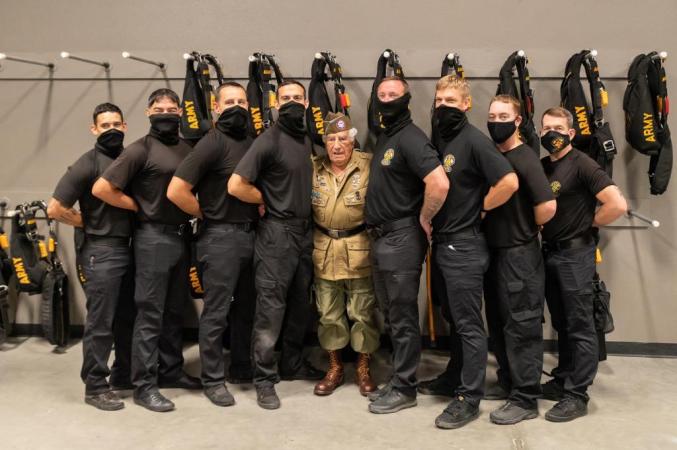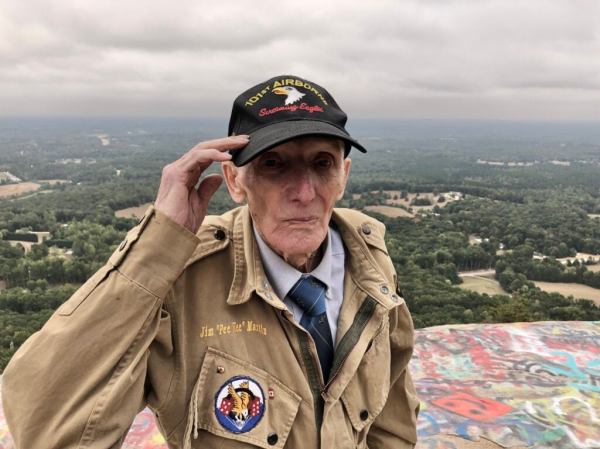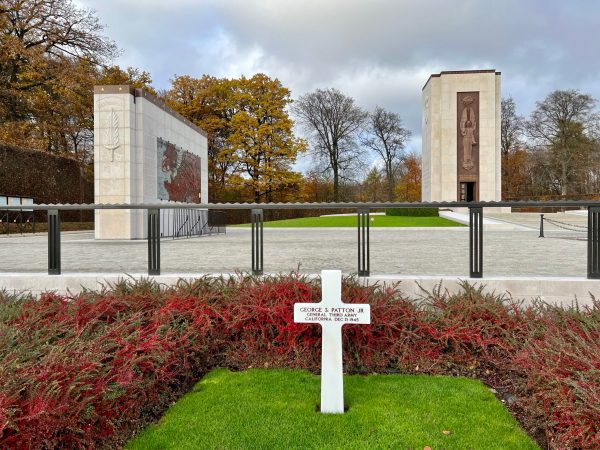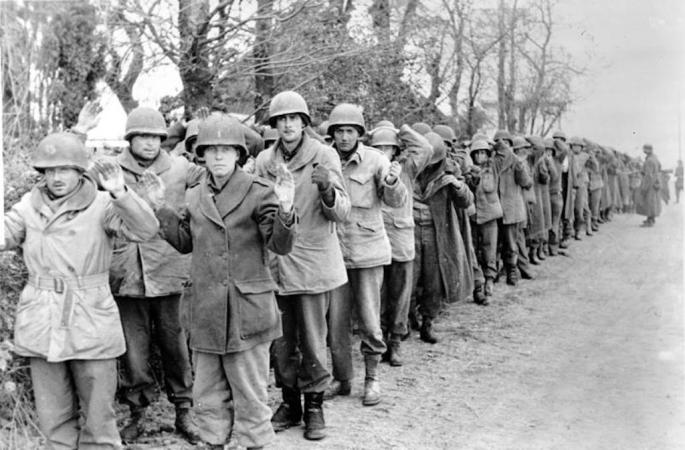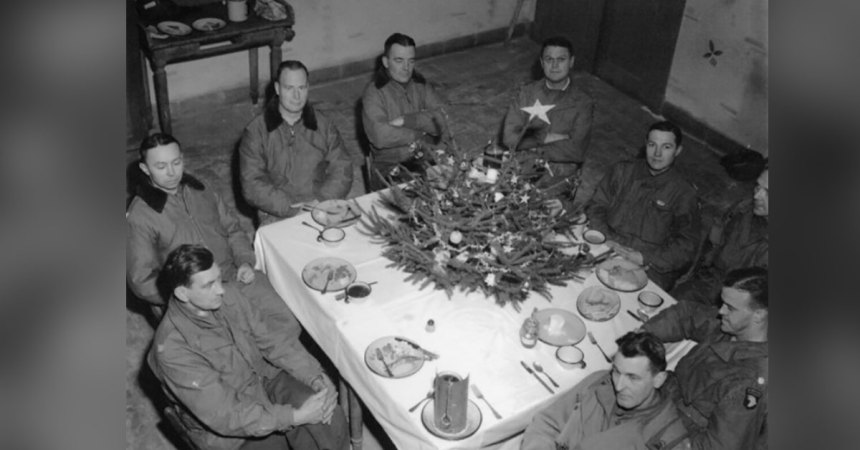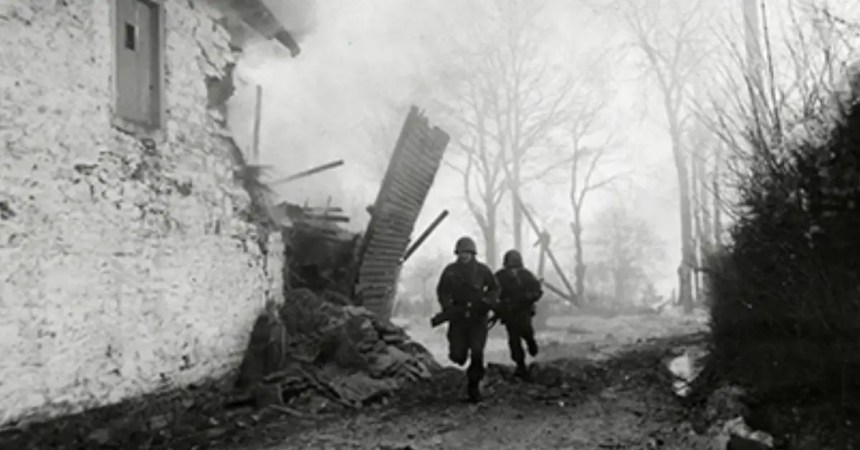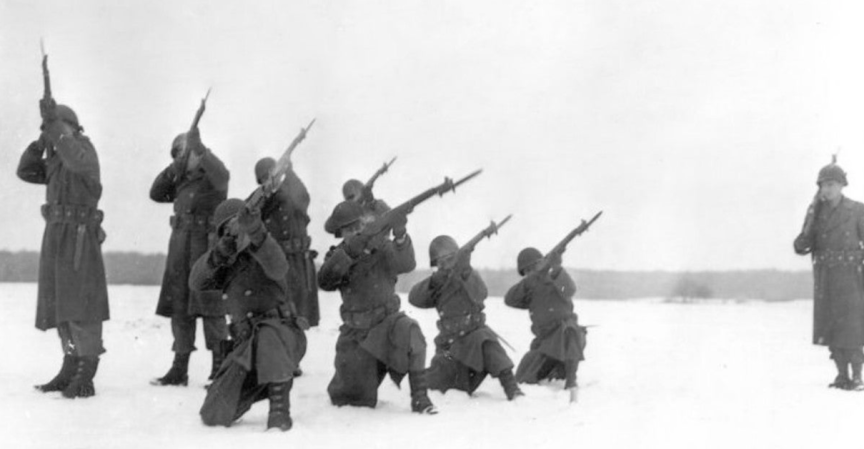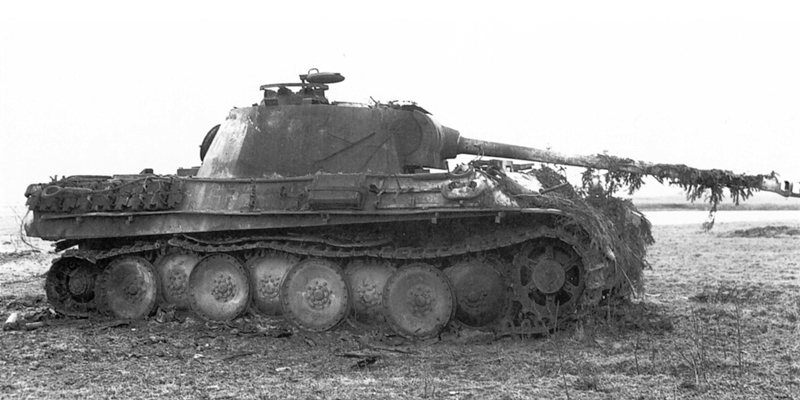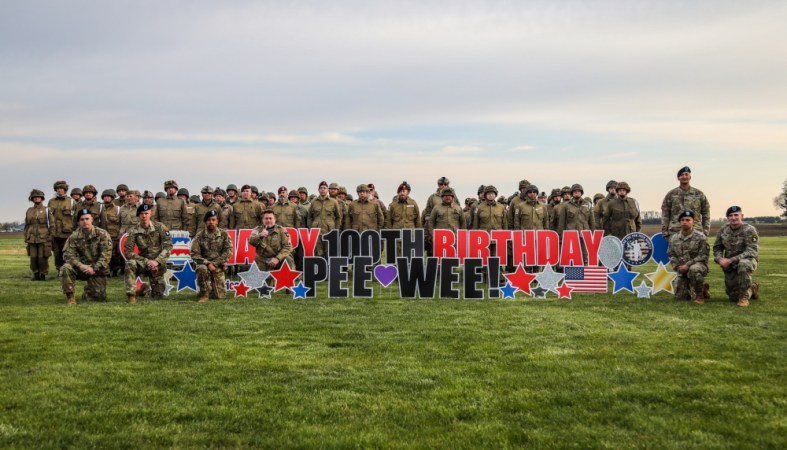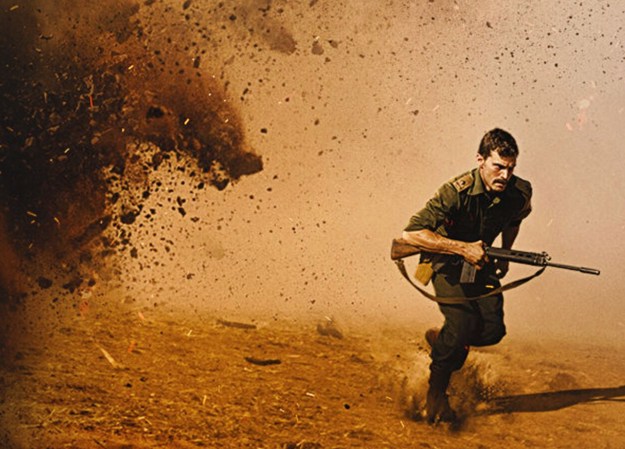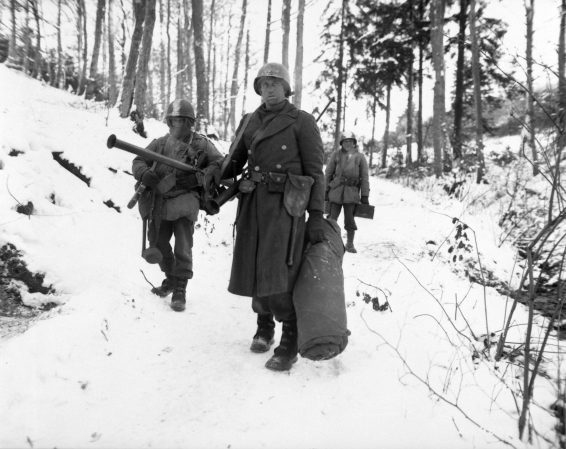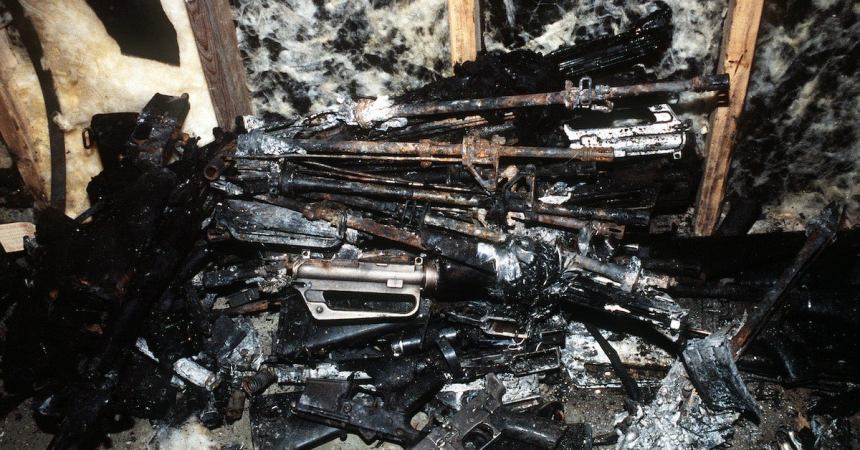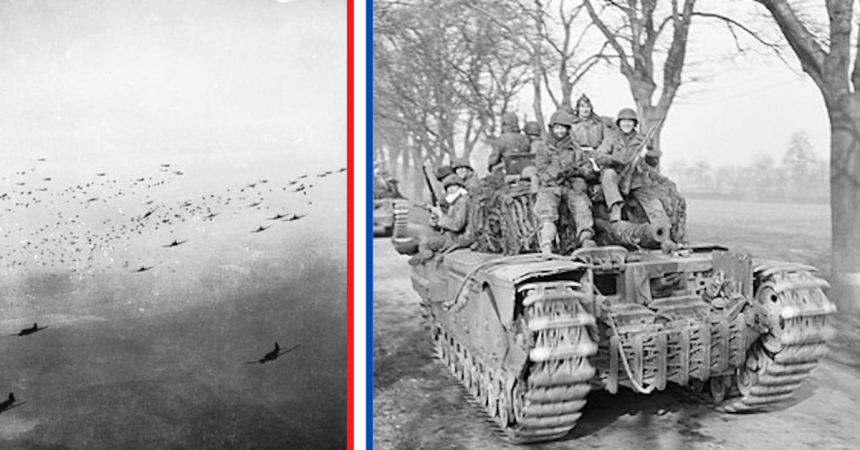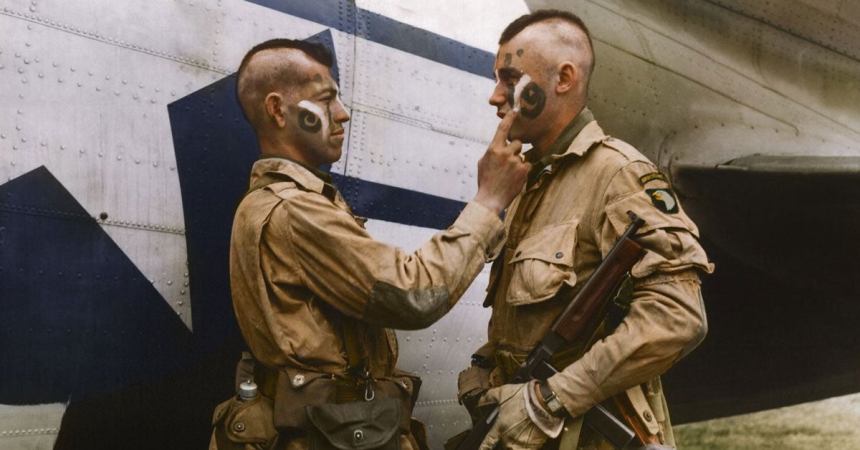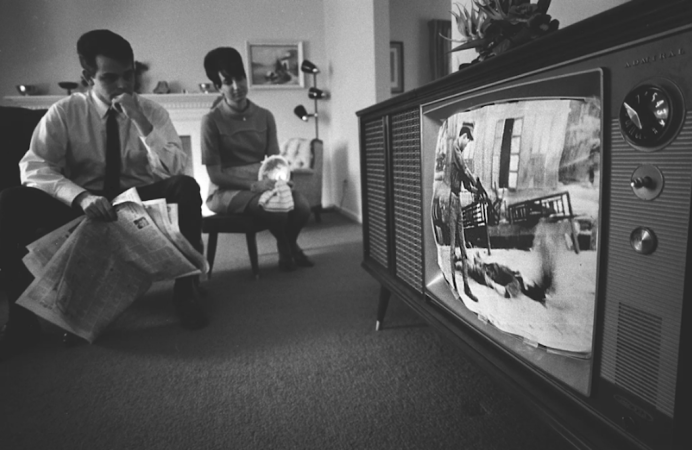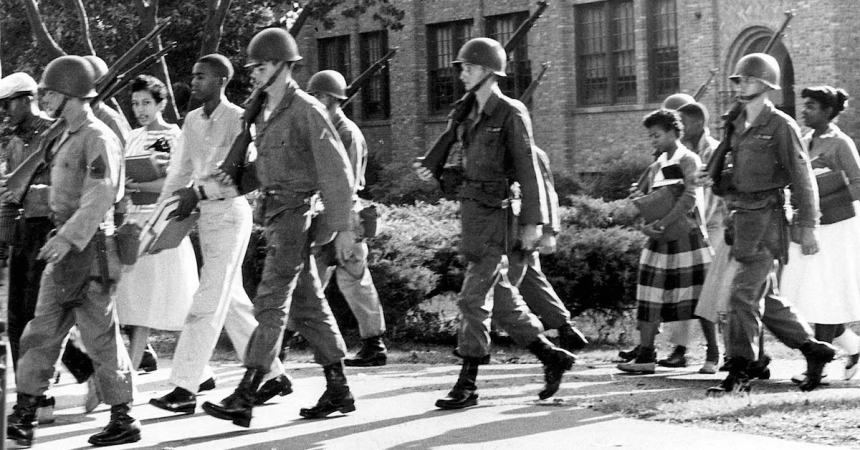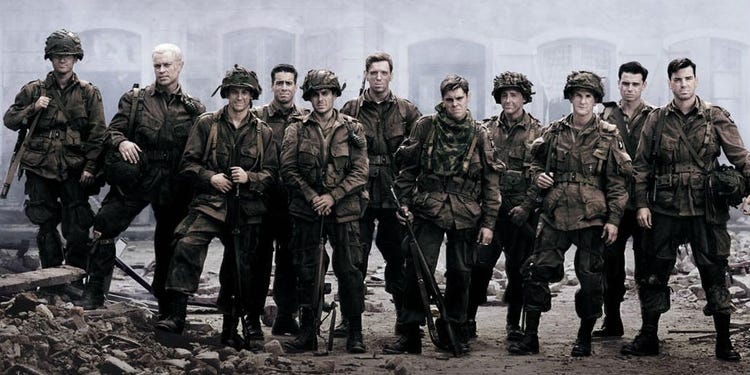One battle truly showed the world the fire that burns in the hearts of these soldiers. Put up against unfathomable odds and pushed to their absolute limit, the 101st stood their ground and turned the tides of war. This was the Siege of Bastogne.
There’s no unit in the United States Army that can boast an impressive relationship with destiny like the Screaming Eagles of the 101st Airborne Division. The invasion of Normandy, the Battle of Hamburger Hill, the left-hook of the Persian Gulf War, and Operation Dragon Strike in Afghanistan would each make for a pretty feather in the cap of any unit — but it’s the 101st who heroically fought at all of them.
It had been six months since the invasion of Normandy. U.S. troops had mostly pushed the Germans out of France and back to the Ardennes Forest. The same soldiers who landed on D-Day found themselves still fighting, day-in and day-out. The tempo of war had pushed them much further than originally anticipated and supplies were running low.
It wasn’t a secret that the only hope for the Allies was the tiny shipping village of Antwerp, Belgium. Without it, any continued assault against the Germans would end immediately. Knowing this, the Germans devised a plan that would effectively cut the Allies off from Antwerp in one massive blitzkrieg through the Ardennes. If they could cut the Americans off from each other and their supplies, they’d be forced into a peace treaty in favor of the Axis. And the only thing stopping them was the collection of battle-weary soldiers sparsely populating the forest.
On December 16, 1944, after two hours of constantly artillery bombardment, the Germans sent in 200,000 fresh troops. So far, everything was going in the Axis’ favor, from the weather to the landscape to the element of surprise. The only thing the Americans could do was to hold up in Bastogne and St. Vith.

(U.S. Army)
Two days later, on December 18, the soldiers of the 101st were completely surrounded in the town of Bastogne. They had little ammunition, barely any food, and most soldiers didn’t even have cold-weather gear. Reinforcements were inbound, but it would take a week for Patton to arrive. Most of the senior leadership was elsewhere, leaving the task of holding ground entirely on the shoulders of the troops.
A night-time raid by the Germans on the Division Service Area took out almost the entirety of the 101st medical company. By the time of the morning of December 19, Americans were outnumbered five to one — and so the Germans moved in.
On paper, this was a completely uphill battle. The only thing Brigadier General Anthony McAuliffe could do was have his men form a 360-degree perimeter around the 333rd Artillery Battalion’s guns. Ultimately, this tightly controlled circle was the advantage they needed.

(U.S. Army)
As the Germans prodded, trying to find a hole in Allied defenses, troops were be able to communicate with each other and quickly adjust, fortifying areas to meet their attackers. When the Germans pivoted and believed they’d found a new approach, the protected artillery guns opened fire. They’d regroup and try another approach, only to be met by American troops once again. This pattern continued on through the battle.
The fighting was intense but McAuliffe’s defense held like a charm. On December 22, General von Lüttwitz, the German commander, gave the Americans their demands:
“There is only one possibility to save the encircled U.S.A. troops from total annihilation: that is the honorable surrender of the encircled town. In order to think it over a term of two hours will be granted beginning with the presentation of this note.”
McAuliffe’s response, in its entirety, was as follows:
“To the German Commander. NUTS! The American Commander.“

(U.S. Army)
This riled the Germans up even more. The Germans put all of their efforts into trying to wrest Bastogne from the 101st Airborne — at the expense of securing Antwerp. The American line was broken several times by panzers, but artillery shells would effectively pluck German armor out long enough for Allied infantrymen to retake their position.
On December 23, the skies finally opened up and the 101st started to bring in reinforcements and supplies via airdrop. It’s not an understatement to say that they were only holding on by the skin of their teeth. American P-47 Thunderbolts came to the rescue, relieving artillery who’d almost entirely run out of ammo. The panzers, which had been painted green and brown for summertime, stuck out like a sore thumb against the snow. The narrow passageways the tanks had to travel meant the tanks couldn’t escape the wrath of the Thunderbolts.
Throughout it all, the Battered Bastards of Bastogne endued. Patton arrived on December 26th, finally evening the odds and breaking off the Ardennes Offensive. But all of that couldn’t have been done without the ferocity of the Screaming Eagles holding down Bastogne.



